Photos: Meet the Newest World Heritage Sites
Mount Etna
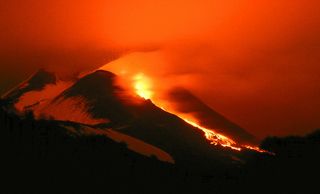
The United Nations Educational, Scientific and Cultural Organization (UNESCO) named six new natural sites, plus one addition to an existing candidate, to its World Heritage List on June 21, 2013. Mount Etna, pictured here, was one of the newly added sites, along with the Xinjiang Tianshan mountain system in China and the Namib Sand Sea, a coastal desert in Namibia. The Mount Kenya-Lewa Wildlife conservancy in Kenya, was also added as an extension to Mount Kenya Natural Park/Natural Forest, which was designated a World Heritage Site in 1997.
Mount Etna
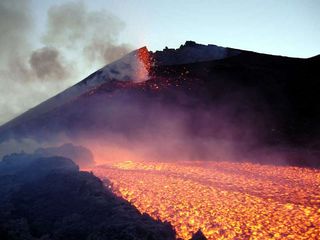
Mount Etna is located on the eastern coast of Sicily, and is the highest Mediterranean island mountain and the most active stratovolcano in the world.
Mount Etna

Mount Etna's eruptive history can be traced back 500,000 years.
Mount Etna
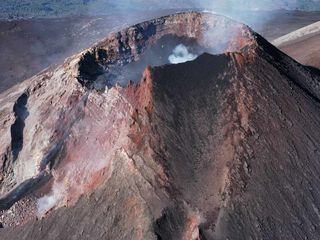
Mount Etna is the most active stratovolcano in the world, which makes it an important laboratory in volcanology, geophysics and other earth science disciplines.
Xinjiang Tianshan mountain
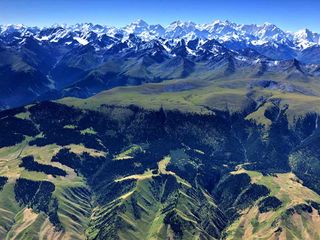
The Xinjiang Tianshan mountain system in China features glacier-capped peaks, undisturbed forests, meadows, canyons, rivers and lakes.
Xinjiang Tianshan mountain

The Xinjiang Tianshan mountain system in China spans roughly 2,350 square miles (6,085 square kilometers). It is part of the larger Tianshan mountain range, which extends across China, Kazakstan, Uzbekistan and Kyrgyzstan, from east to west.
Xinjiang Tianshan mountain

China's Xinjiang Tianshan mountain system features snowy mountains with glacier-capped peaks, undisturbed forests and meadows, clear rivers, lakes and red canyons.
Sign up for the Live Science daily newsletter now
Get the world’s most fascinating discoveries delivered straight to your inbox.
Xinjiang Tianshan mountain

A forest and meadow on the north slope of Tomur, one of the four sections that make up China's Xinjiang Tianshan mountain system.
Xinjiang Tianshan mountain
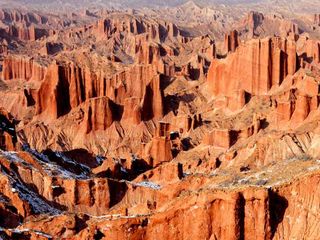
Canyons in the Xinjiang Tianshan mountain system in China. The landforms and ecosystems at this natural site have been preserved since the Pliocene epoch, which extends from approximately 5.332 million to 2.588 million years ago.
Xinjiang Tianshan mountain
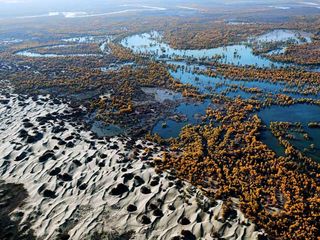
The Tarim River in China's Xinjiang Tianshan mountain system.
Xinjiang Tianshan mountain
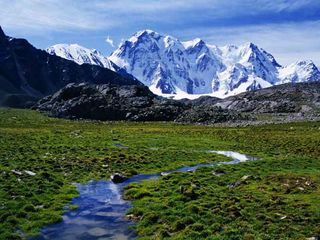
A meadow and wetland in Bogda, one of the four sections that make up the Xinjiang Tianshan mountain system in China.

Denise Chow was the assistant managing editor at Live Science before moving to NBC News as a science reporter, where she focuses on general science and climate change. Before joining the Live Science team in 2013, she spent two years as a staff writer for Space.com, writing about rocket launches and covering NASA's final three space shuttle missions. A Canadian transplant, Denise has a bachelor's degree from the University of Toronto, and a master's degree in journalism from New York University.
Most Popular


